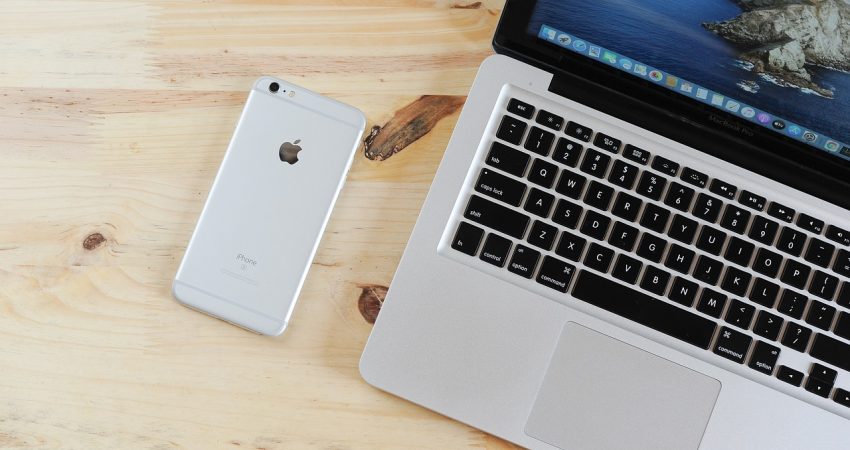
Spatial computing has become the most transformative tech of the digital age, which is seen through the merging of the physical and digital worlds in real time. At its base, spatial computing is what we may term the ability of computers to perceive and interact with the physical space around us. Via use of data from sensors, cameras, and GPS devices, spatial computing presents immersive experiences that in turn enable users to interact with digital content in a 3D space Thus, we see a large-scale shift in how we as a species interface with technology.
From Screens to Surroundings
In the past, digital content has been contained within flat screens which are phones, monitors and TVs. Spatial computing is what breaks these barriers, in which we put digital elements into the physical world. We see in technologies like augmented reality (AR), virtual reality (VR) and mixed reality (MR), which put digital elements into the real world that users can view and interact with, from holograms to 3D models to data visualizations. Also this change in what we have seen in the past of digital content enables it to become more intuitive, engaging, and life like.
For instance, instead of looking at a 3D product model online, we may use spatial computing in order that this model pops up in one’s living room in a live display, which is also interactive. Also, for the architects and designers, we have virtual walk-throughs of their blueprints in which they may do in real time changes as well as improve accuracy, all before the groundbreaking date.
Enhanced User Engagement and Interaction
Spatial computing which improves user engagement through more natural and immersive interactions. With motion tracking, eye tracking and gesture recognition, we see users engaging with digital content as they do in the real world. This level of intuitive experience not only decreases learning curves but also we see in fields like education, gaming and remote collaboration that it opens up new opportunities.
In health care, we see that doctors can use VR to practice in very detailed, realistic settings, which they will see in actuality. In education, we note that students can study ancient cultures or in-depth science topics in interactive 3D environments, which in turn makes the material more so memorable.
Business and Industry Transformation
Enterprises are into spatial computing which they are using to improve efficiency and output. In warehouses, we see the use of AR glasses which guide staff through inventory tasks. Auto companies are using VR for training and prototyping. Also in retail we are to report that brands have adopted spatial tech for virtual try-on experiences and immersive showrooms which in turn raise customer engagement.
Spatial computing’s role in these sectors is beyond that of improvement it is transforming how we design and carry out digital strategies.
The Road Ahead
As hardware shrinks in size and grows in affordability, we see the rise of spatial computing which is to become a mainstay. Also with the evolution of 5G, edge computing and AI we see these techs enhance spatial computing experiences to make them faster, more intelligent and very responsive to users’ environments.


